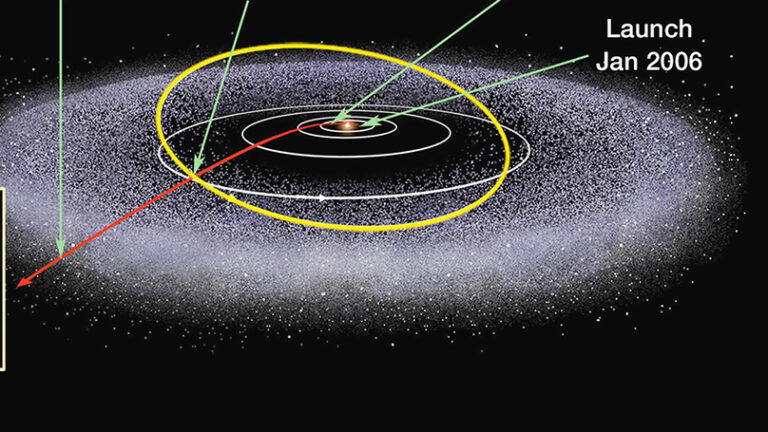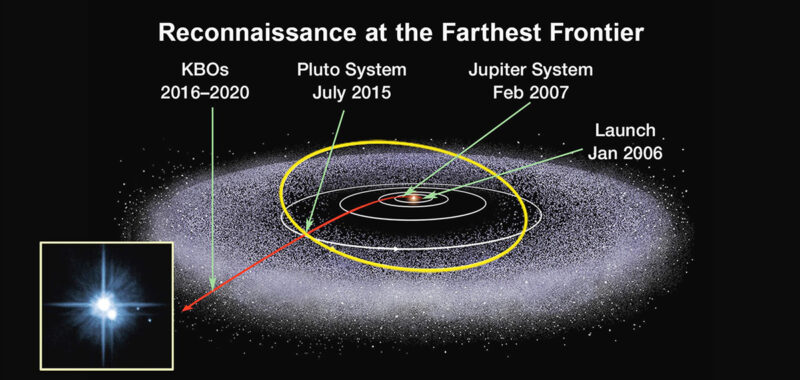
These objects are near the edge of the heliosphere of the Solar System, where it transitions to interstellar space. The heliosphere is formed by the outflow of charged particles, or solar wind, that creates something of a bubble around our Solar System; combined with the Sun’s magnetic field, this protects us from outside cosmic radiation.
The new objects are located where the strength of the Sun’s magnetic field starts to break down. They might even be far enough for their orbits to occasionally take them beyond the heliosphere, where they will be pummeled by intense cosmic radiation from the interstellar medium. This, combined with their solar wind exposure, might affect their composition, making it different from that of closer Kuiper Belt objects.
Even though it is impossible to know what these objects are like up close for now, how can we think of them? Fraser has an idea.
“If I had to guess, they are probably red and dark and devoid of water ice on the surface, which is quite common in the Kuiper Belt,” he said. “I think these objects will look a lot like the dwarf planet Sedna, but it’s possible they will look even more unusual.”
Many Kuiper Belt objects are a deep reddish color as a result of their organic chemicals being exposed to cosmic radiation. This breaks the hydrogen bonds in those chemicals, releasing much of the hydrogen into space and leaving behind an amorphous organic sludge that keeps getting redder the longer it is irradiated.
Fraser also predicts these objects are lacking in surface water ice because more distant Kuiper Belt objects (though not nearly as far-flung as the newly discovered ones) have not shown signs of it in observations. While water ice is common in the Kuiper Belt, he thinks these objects are probably hiding water ice underneath their red exterior.

